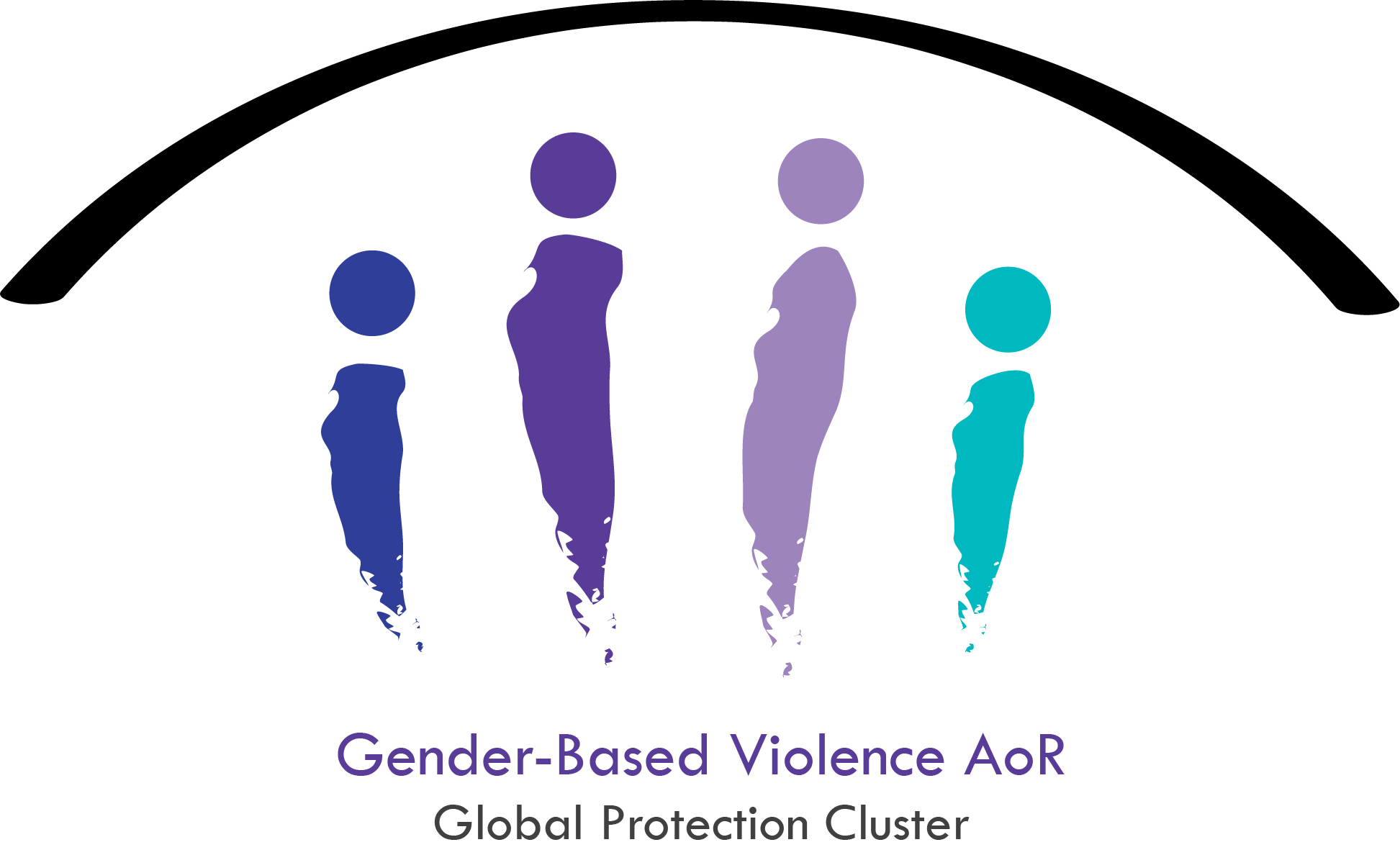Search Results for “”
GBV AoR Helpdesk Annual Report 2023
31 Jan, 2024
The report contains information about the requests received by the GBV AoR Helpdesk throughout 2023, including the countries with the highest number of requests, the regions, the types of support requested, the organizations requesting support etc.
Analysis of GBV in 2021 Humanitarian Needs Overviews and Response Plans (HNO & HRP) - GBV AoR 2021
04 Oct, 2021
This analysis was conducted to evaluate how GBV needs have been analyzed and how the GBV response has been planned in 2021 HNOs and HRPs and how agreed-upon changes translated into better GBV representation and integration. Specifically, this process: 1) Evaluated the GBV sectoral needs analysis, including indicators and methodologies. 2) Assessed the level of GBV integration into other parts of HNO and HRP 2021 (intersectoral and other sectors’ parts). o Identified common challenges during the 2021 HNO & HRP processes. 3) Identified best practices and areas of improvement to inform the 2022 HPC cycle. 4) Reinforced country-level attention and investment in the upcoming HPC cycle. 5) Identified key messages for advocacy purposes to increase attention to GBV in global directions and policy documents determining how HNOs and HRPs are developed.
Technical Guidance Note on The Gender-Based Violence in Emergencies (GBViE) Analytical Framework - GBV AoR 2024
27 Mar, 2024
The gender-based violence (GBV) in emergencies analytical framework (GBViE AnF) is an overarching guide to GBV data collection and analysis in humanitarian emergencies. It provides guidance on gathering crucial insights for the prevention of, and response to, GBV in emergencies, setting out the analytical questions and specific information requirements that can be met through either primary data collection or secondary data review. While it is not a data collection tool, the framework can be applied to identify GBV information gaps.
UNICEF GBViE Programme Resource Pack on Assessment
10 Jul, 2019
This document include the following content: Section 1: Introduction to GBV Assessments in Emergencies provides an overview of GBV assessments in emergency contexts, including: different types and timing of assessments; types and sources of information; and methods for collecting it. Section 2: Good Practice in GBViE Assessments overviews basic good practice such as participation, ethics and safety and a survivor-centred approach. Section 3: How to Do GBViE Assessments describes the steps to follow when (a) integrating questions about GBV into sectoral assessments and (b) conducting rapid or comprehensive GBV assessments in emergency situations. Section 4: Rapid GBViE Assessment Tools contains sample tools for conducting UNICEF-led rapid GBV assessments. Section 5: Comprehensive GBViE Assessment Tools contains sample tools for conducting UNICEF-led comprehensive GBV assessments.
Operational Guidance on Coordinated Assessment - IASC 2012
08 Jul, 2019
The Operational Guidance promotes a coordinated approach to assessments in order to address a number of recurring issues during emergencies. For example, there is not so much a lack of assessment information as a lack of capacity to validate and analyse the information necessary to determine priorities and guide planning of the humanitarian response. Likewise, certain populations or situations are over-assessed while others are never measured at all. Also, assessment data is all too often insufficiently shared or used, and data sets from different assessments are not comparable. Finally, there is insufficient time to aggregate data from multiple assessments, information needs are not sufficiently prioritized and data collection processes are cumbersome.
Cash and Voucher Assistance for Adolescents- PLAN, WRC 2020
31 Mar, 2022
Adolescents – young people between the ages of 10 and 19 – have specific needs that are distinct from those of younger children and adults. This transitional and developmental period is increasingly seen as an “age of opportunity”1 globally and in humanitarian settings, because of the significant individual and intergenerational implications of adolescent development. Cash and voucher assistance (CVA) – giving beneficiaries cash or vouchers as an alternative to in-kind assistance such as food, blankets and direct services – is used increasingly in humanitarian settings. While CVA shows promise for addressing adolescents’ needs, a more comprehensive understanding of the impact of CVA on the protection and wellbeing of adolescents is critical. In particular, evidence is needed on how CVA should best be designed to draw on the assets and capacities of adolescents and ensure that any context-specific associated risks for adolescents can be mitigated through program d...
CHILD MARRIAGE IN HUMANITARIAN CRISES Girls and Parents Speak Out on Risk and Protective Factors, Decision-Making, and Solutions - UC Berkeley, Save the Children and Plan International 2021
05 Oct, 2021
In order to address these gaps, the Human Rights Center (HRC), Save the Children, and Plan International partnered on a long-term research initiative to strengthen child marriage prevention and response in humanitarian settings. This qualitative study, the second phase of the three-phase initiative, sought to better understand the risk and protective factors, decision-making processes, service and support needs of girls and their caregivers that contribute to vulnerability to child marriage, and community perspectives on solutions for addressing and responding to child marriage in humanitarian settings.
Health Cluster Guide - WHO, IASC 2009
17 Jul, 2019
